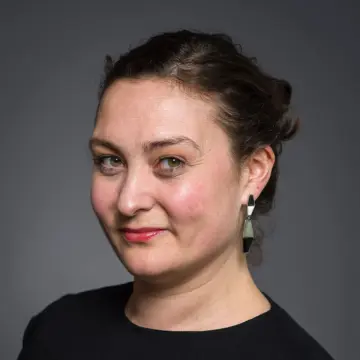THIS ARTICLE/PRESS RELEASE IS PAID FOR AND PRESENTED BY Fridtjof Nansen Institute - READ MORE
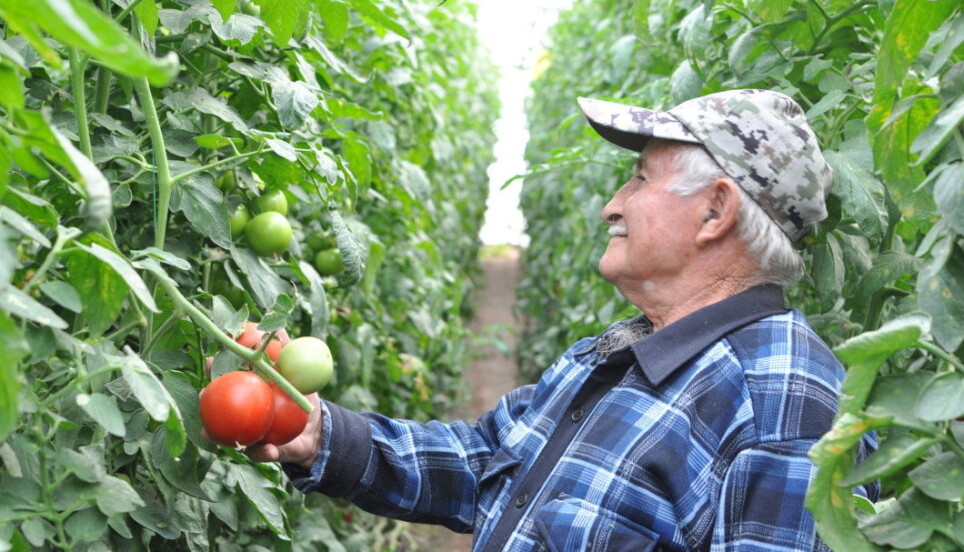
Major habitat for wild plants under threat in Armenia
If we are to save our planet’s biodiversity in food plants, farmers must be allowed to use and exchange among themselves seeds from traditional plants.
However, such use and exchange are not permitted in Armenia today, according to two FNI researchers who have analysed the situation there.
A handful of idealists active in Armenia’s seed banks are working to ensure that traditional vegetables, fruits and grains are not lost forever.
The arid Caucasian mountain areas of Armenia are home to an important range of traditional plant species: a true biodiversity hotspot.
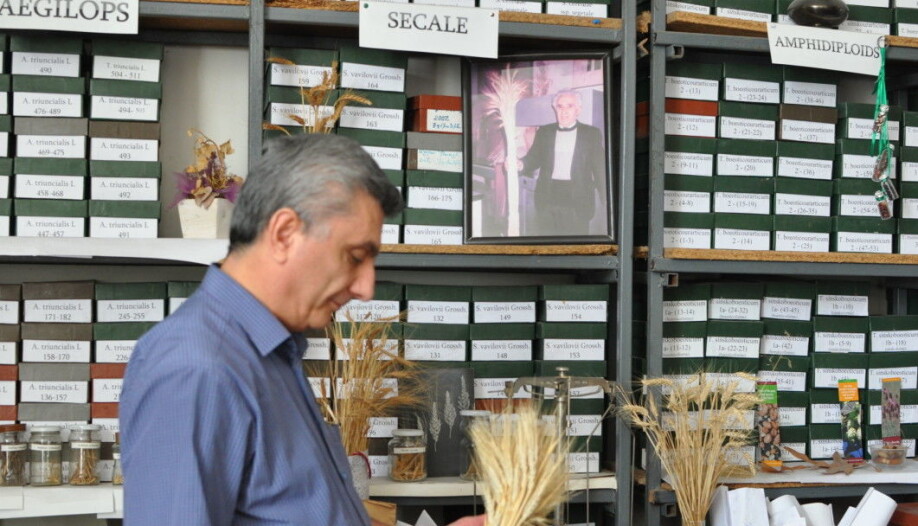
40 kinds of wild pears
Not only do three of the world’s four species of wild wheat grow here – Armenia can boast over 40 kinds of wild pears. Moreover, the Latin term for the world’s most widespread variety of apricots is Prunus armeniacum – literally, ‘Armenian plum’.
There are vegetables, berries and herbs in abundance. However, the country is struggling to maintain this biological wealth, as two FNI researchers found on a recent visit to Armenia.
“Conditions there are not exactly ideal. The windows of one of the seedbank buildings are broken. And there is an ageing computer tucked away in a corner,” explains FNI Senior Research Fellow, Pål Wilter Skedsmo.
Research Professor at FNI, Regine Andersen, can confirm that Armenia’s seed banks are in dire straits, lacking the necessary freezer capacity, measurement instruments and resources to grow new seeds.

Seed banks for use and conservation
The two researchers have investigated what Armenia is doing to take care of its rich diversity of plant species. The results are discouraging – but there are also grounds for optimism.
“Armenia has a fantastic food culture,” explains Andersen. “We were served the most delicious dishes.”
Andersen has focused on studying international nation governance of food-plant diversity for over 20 years now, and is well aware of how much food means for the people of Armenia.
Food traditions are deeply rooted in the Armenian identity, but, she adds, it is not easy today for Armenian farmers to maintain the older, robust varieties that are much in demand.
Skedsmo adds that their trips to the local markets yielded first-hand accounts of memories, and sorrows. People recall the rich, juicy tomatoes they used to be able to buy there and the local varieties no longer on sale.
Today they found tomatoes from the Netherlands, highly reminiscent of rubber balls. Only ten years earlier, the markets were brimming with local varieties.
What has happened?
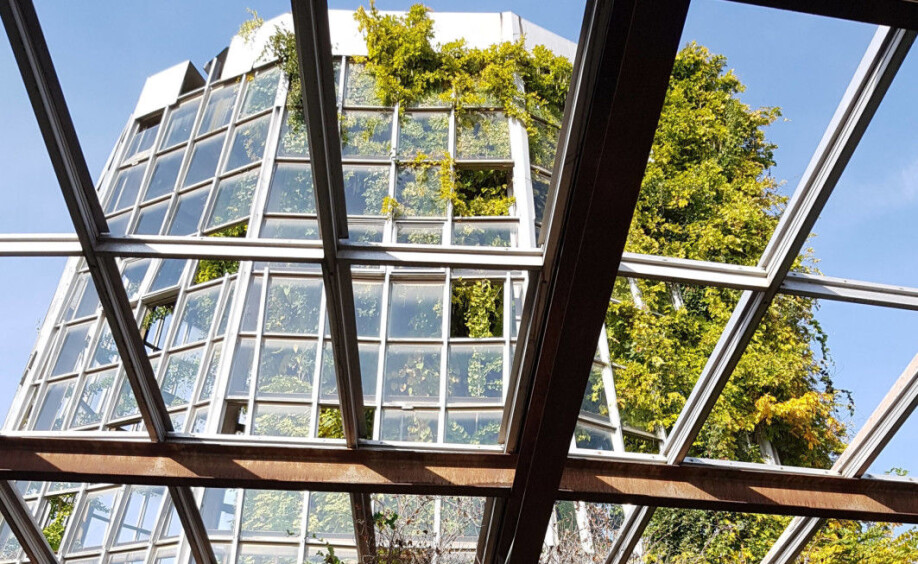
Stability in Armenia – enter the big seed companies
Maintaining traditional varieties and local biodiversity requires good seed banks under official administration, explains Andersen, who adds that this diversity must be made available to the farmers themselves. Genetic diversity in food plants is essential for agriculture.
Skedsmo notes that political changes have played a role here. With the end of the USSR, the once-solid networks of seed banks among the Soviet republics collapsed. In addition came disruption due to the conflict between Armenia and neighbouring Azerbaijan.
Andersen continues the narrative:
“In the course of the past two decades, the Armenian state has gradually become more stable – but foreign seed companies have also entered the picture. Armenia presents an easy target. The state system has been characterized by re-organization, high staff turnover, and is easily influenced. The result? Laws forbidding the long-established practice of exchange of seeds among farmers.”
Today, seeds for commercial plant species must be purchased from authorized seed shops. These varieties are genetically homogeneous and often derived from non-Armenian sources.
Here is a paradox: food production in this ‘biodiversity Mecca’ is now based largely on foreign genetic material.
This development can have serious consequences for Armenia as regards dealing with climate change. “Today it is more important than ever to take care of local varieties. These are often more robust, better adapted and also more adaptable to the effects of climate change,” Andersen explains.
Traditional local varieties can be used as the point of departure for producing improved varieties, and for cross-breeding to yield new varieties better suited for the changing climate conditions.
The researcher who collected jam jars
When Andersen and Skedsmo embarked on their field trip to Armenia, they intended to interview those in charge of the four state seed banks, and their staff.
“Locating that first seed bank was no easy matter. Finally we found an area, behind a massive gate, where a pack of dogs rushed at us. Driving into the dusty courtyard, we saw a large, dilapidated building that presumably housed the seed bank. The windowpanes in the two lower storeys were in shatters. But further up, the windows were intact, and we realized that was where we should go,” Skedsmo explains.
In Scandinavia, the term ‘seed bank’ tends to conjure up images of something vast and modern, like the Svalbard Global Seed Vault – professional laboratories with good temperature and climate control. That was not the case in Armenia.
On the other hand, Andersen and Skedsmo met highly competent, well-qualified and dedicated staff.
“Their enthusiasm was evident. For instance, one of the researchers collected jam jars, to use for seed storage. But that also says something about the resource situation. Staff members are working under difficult conditions, and are dependent on project funding from abroad,” Skedsmo continues.

Weakening diversity
Throughout the ages, farmers have practiced seed exchange – in order to conserve, use and further develop better-adapted varieties. But current legislation in Armenia prohibits such exchange activity as regards non-formal channels.
“Today’s legislation is based on the big seed companies. That’s a development we find in much of the world,” Andersen explains.
International conventions require countries to promote the conservation and sustainable use of biodiversity. And here, according to Andersen, Armenian national legislation is at odds with the country’s international commitments. Armenia has no policies aimed at safeguarding its biodiversity in food plants.
Safeguarding genetic resources when the nation is in crisis
Armenia’s modern history as regards species maintenance falls into three chapters.
First, in Armenia under the Soviet Union, a solid network of seed banks was developed. This functioned as an internal market for seed exchange.
The famed botanist, Nikolai Vavilov, and his colleagues had been prepared to stake their lives on protecting their seed bank during the Nazi siege of Leningrad in the Second World War. The artworks of the Hermitage were evacuated and save – but not the 250 000 plant varieties that housed in what was then the world’s largest seed bank.
As is well known, agriculture was collectivized under Soviet rule. The state-run agricultural collectives (kolkhozes) may have contributed to streamlining agriculture – but even during that period, families would often cultivate their own small plots of land. That made it possible for traditional varieties to be maintained, especially as regards vegetables, herbs, fruits and berries, according to Andersen and Skedsmo.
Then, as the fall of the USSR became imminent, and later during the first years of independence, chaos and crisis ruled in Armenia. In 1988, war erupted in the autonomous enclave of Nagorno-Karabakh. In the same year, a massive earthquake in northern Armenia killed 25 000 people and left half a million homeless
Armenia’s seed bank network collapsed, as did the rest of the Soviet infrastructure. The blockade imposed by neighbouring Turkey and Azerbaijan forced many people into even deeper poverty than before.
Perhaps understandably, the maintenance of genetic resource diversity did not rank high on the agenda of the new government.
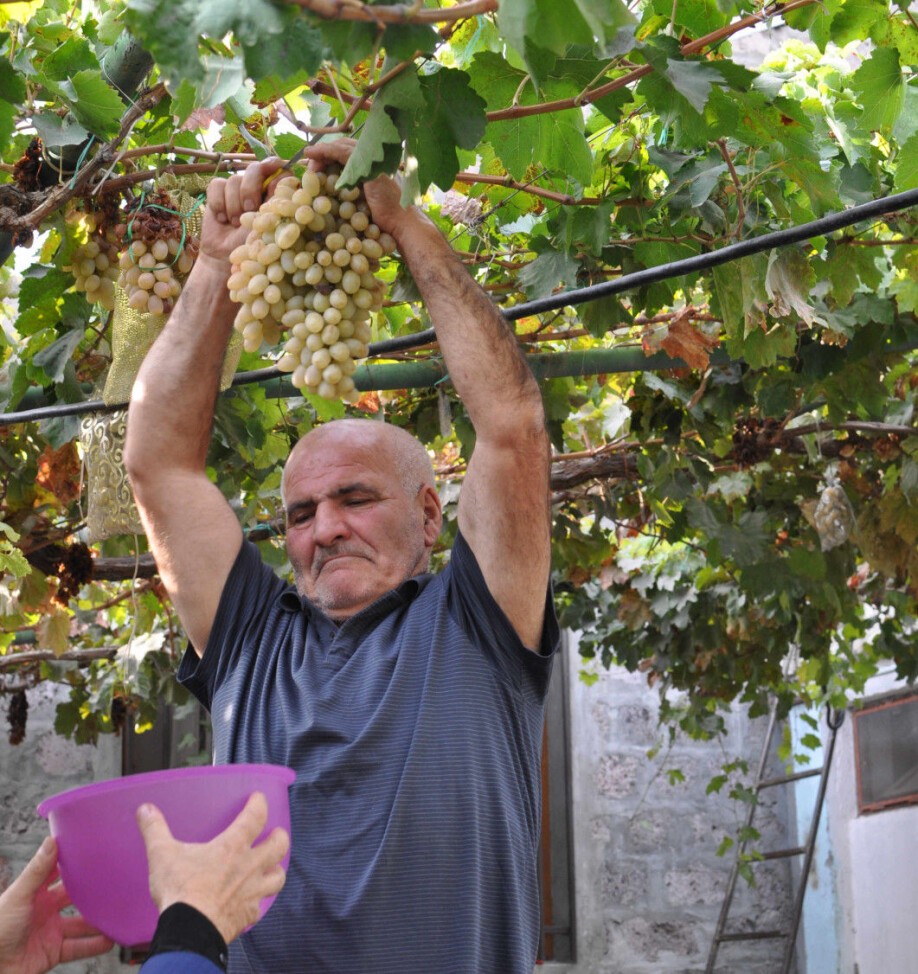
Uncritical seed assistance weakening diversity
In now-independent Armenia, the land from approximately 900 state collective farms was distributed among 338 000 families. However, 88 per cent of these were less than 20 metric decares in area – only one-tenth the average size of farms in Norway.
In Armenia today, one third of this agricultural now lies fallow. Massive labour migration to Russia is draining Armenia’s rural areas of unskilled workers.
“After 70 years of Communism, everything coming from outside was considered good,” explains Skedsmo.
He adds that building up Armenia required large amounts of outside assistance – which was not without deleterious side-effects. For instance, despite the country’s rich biodiversity, wheat was imported uncritically, often of varieties poorly suited to local conditions. Such import and standardization weakened plant diversity in agriculture, and many traditional older varieties simply disappeared.
“We can call the third chapter in this saga a growth phase. It started some 15 years ago, and is still ongoing,” Skedsmo continues.
‘Now the seed banks have been re-established, but they can hardly be said to be operating under modern conditions. Thus far, ‘growth’ has meant industrializing agriculture and restricting diversity.”
Andersen shakes her head: “What a paradox – that legislation and resources in agricultural policy go into supporting only the commercial seed system – whereas achieving global food security makes it imperative for us all to preserve crop diversity and further develop this resource. This is indeed a serious mismatch.”
Reference:
Pål Wilter Skedsmo and Regine Andersen: Governing crop genetics in post-Soviet. Euphytica, 2021. (Summary)
———
Read the Norwegian version of this article at forskning.no
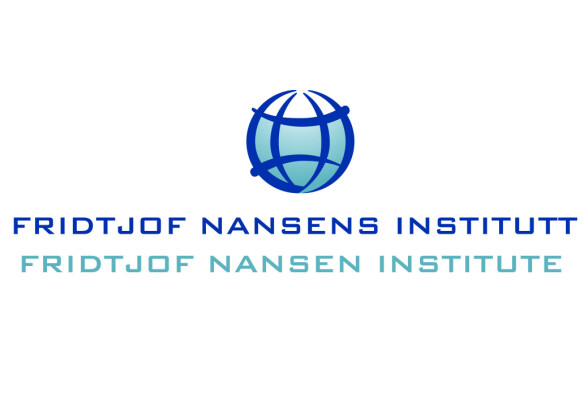
This article/press release is paid for and presented by Fridtjof Nansen Institute
This content is created by Fridtjof Nansen Institute's communication staff, who use this platform to communicate science and share results from research with the public. The Fridtjof Nansen Institute is one of 77 owners of ScienceNorway.no. Read more.
See more content from Fridtjof Nansen Institute:
-
“It's been a long time since we've seen so many positive developments in such a short period. We may indeed be entering a turning point for nature”
-
Russia could lose its big chance in the global gas market
-
Russia pushes for a fossil economy. Can China stop them?
-
What does China aim to gain in the Arctic?
-
Where do the metals in your electric car come from?
-
Power struggle in the Arctic Council: Greenland demands a leading role







